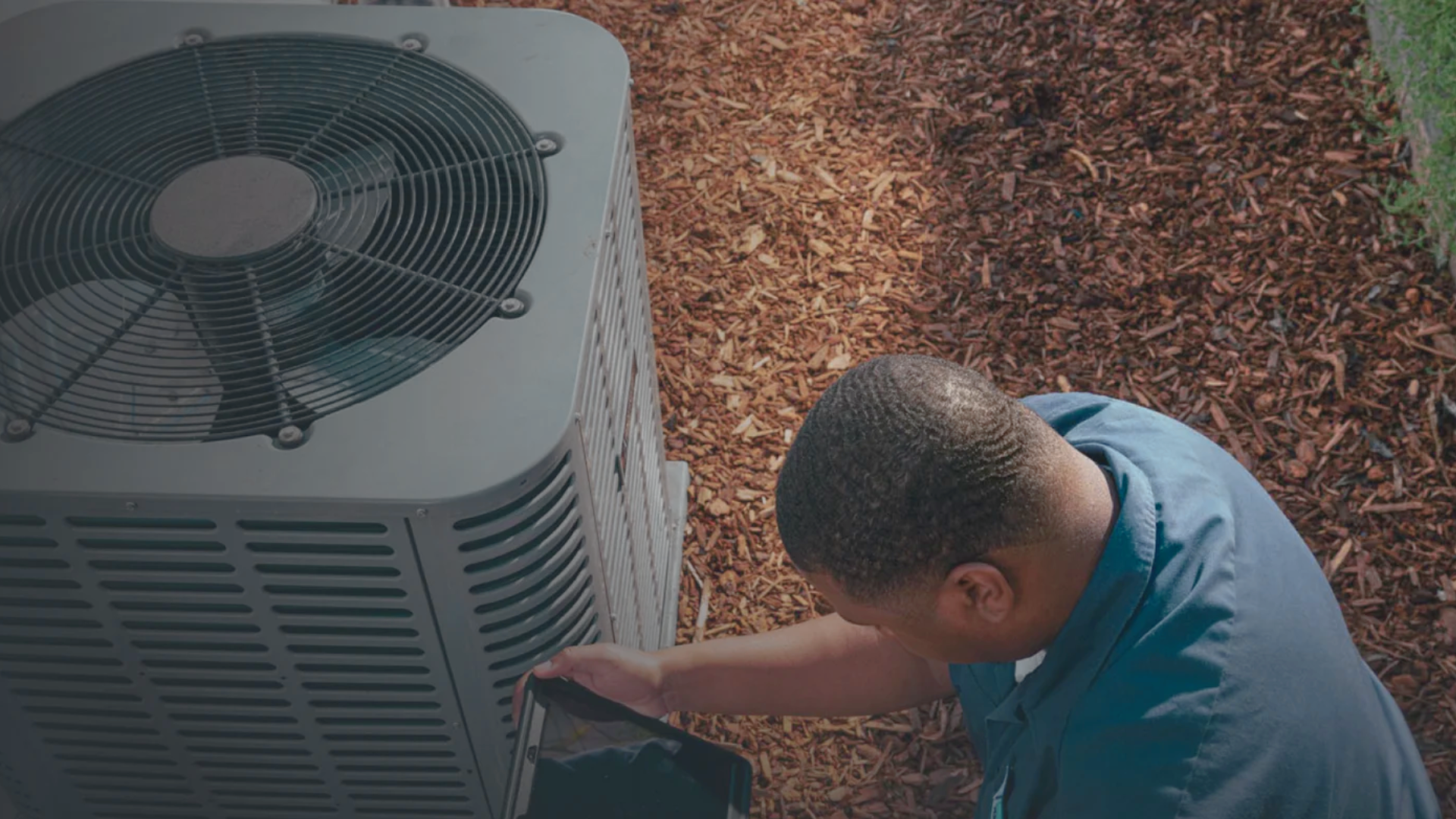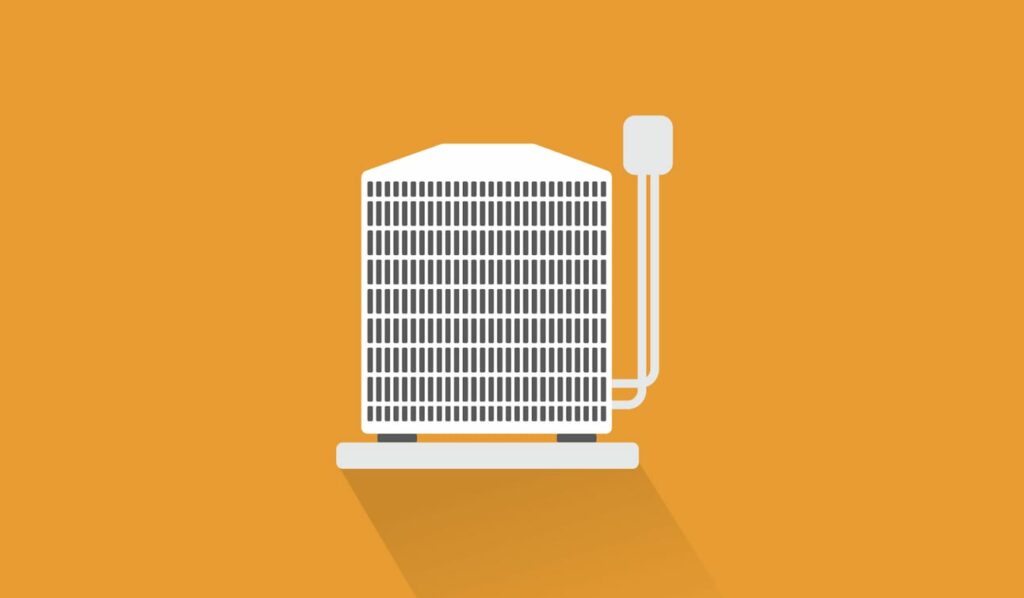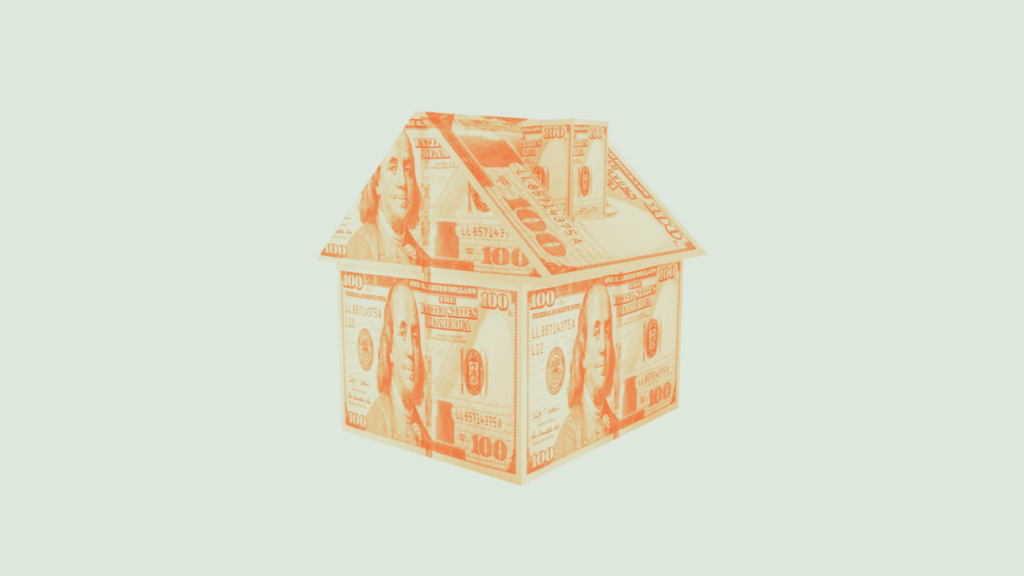Labor costs top residential contractors’ concerns, ServiceTitan report finds
The company on Tuesday published its second annual Residential Services Report, based on a survey of over 1,000 residential contractors

Image: ServiceTitan
ServiceTitan on Tuesday published its second annual Residential Services Report, based on a Q4 survey of over 1,000 residential contractors nationwide, nearly 50 percent of which were non-ServiceTitan customers.
The big picture: Amid an environment of elevated interest rates, normalizing demand, and fluctuating consumer confidence, contractors were asked to classify their businesses as either thriving, surviving, or struggling.
- 63 percent of respondents identified as thriving (experiencing consistent growth), while 19 percent reported surviving (stable but unable to grow) — 18 percent reported struggling (experiencing significant barriers to growth).
- HVAC was the industry with the highest percentage of struggling businesses, while plumbing and electrical led the surviving category.
Neither HVAC, plumbing, nor electrical ranked in the top three industries for thriving businesses.
Between the lines: While most survey respondents reported annual revenue of under $10 million, contractors who identified as thriving primarily fell in the $10 to $19 million range, according to the report.
Zoom in: Sales-wise, over a quarter of struggling contractors offer good, better, best-style proposals on less than 10 percent of jobs.
- Meanwhile, nearly half (47 percent) of contractors with over $10 million in revenue said that “following up on unsold estimates results in 11 to 15 percent of their income.”
Looking ahead: Despite the expected impacts of President Trump’s tariffs on raw materials, contractors cited “labor/overhead costs” as the number one risk to meeting this year’s business goals — increases in material prices ranked third.
- And while several contractors tell Homepros they’re focused on getting “back to basics,” given the lingering market uncertainty, thriving businesses marked “modernizing the homeowner experience” and “investing in additional technology” as their top two goals this year.
📬 Get our stories in your inbox
Keep reading
Zephyr, a new home services roll-up, raises $60 million
The company expects to cross $100 million in revenue this year and plans to use the capital to fund future acquisitions
A marketing masterclass by Casey Sprabary
March 4, 2024


